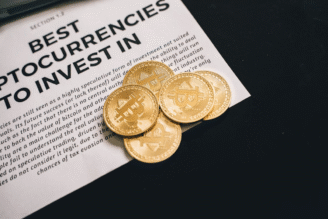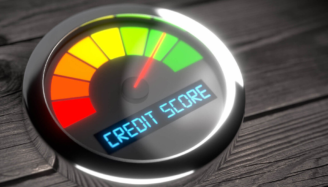FOMC Meeting: What is it for and how does it work?
Discover what the FOMC is, its role in shaping U.S. monetary policy, how its meetings influence global markets, and why investors worldwide.
Understand what the FOMC meeting is

Have you ever heard about the FOMC but don’t quite understand what it does or why its meetings cause so much buzz in the financial markets? Whether you’re an investor, a business professional, or simply curious about the economy, understanding the Federal Open Market Committee is essential.
The decisions made in these meetings not only influence the U.S. economy but also ripple across global markets, affecting currencies, investments, and economic policies worldwide, including in countries like Brazil.
In this article, we’ll break down exactly what the FOMC is, why it matters, how it operates, and the reasons why the markets watch its moves so closely. By the end, you’ll have a clear grasp of how this powerful committee shapes economic trends that impact your life, even if you’re thousands of miles away from Washington, D.C.
What Is the FOMC?
The Federal Open Market Committee (FOMC) is the monetary policymaking body of the United States Federal Reserve, often simply called the Fed, the U.S. central bank.
The FOMC’s main responsibility is to oversee the country’s monetary policy, which includes deciding whether to raise, lower, or keep the federal funds rate steady. This interest rate is essentially the benchmark cost of borrowing money in the U.S. economy.
How Does the FOMC Work?
The FOMC is made up of 12 members who have voting rights: seven members from the Federal Reserve Board of Governors and five regional Federal Reserve Bank presidents who rotate their voting privileges annually.
Although only 12 members vote, all 12 regional presidents participate in discussions, providing diverse regional economic perspectives.
The FOMC meets eight times a year, roughly every six weeks, following a set schedule. During these meetings, the committee reviews a wide range of economic data, including inflation rates, unemployment figures.
What Happens During the FOMC Meetings?
The most important decision made during these meetings is the adjustment of the federal funds rate, the interest rate at which banks lend to each other overnight. Changes in this rate influence the broader economy by affecting borrowing costs for consumers and businesses.
- When the rate goes up: borrowing becomes more expensive, which tends to reduce spending and investment, helping to cool down inflation;
- When the rate goes down: borrowing becomes cheaper, encouraging spending and investment, which can stimulate economic growth.
Besides setting interest rates, the FOMC can also influence the economy by buying or selling government securities in open markets to adjust the money supply, a process known as open market operations.
How Do FOMC Decisions Affect Brazil and the Rest of the World?
Even though the FOMC’s decisions are focused on the U.S., they have significant global consequences. The U.S. is the world’s largest economy, and the U.S. dollar is the dominant global reserve currency.
When the FOMC raises interest rates, U.S. assets become more attractive to investors. This often leads to capital flowing from emerging markets, such as Brazil, back to the U.S., causing the dollar to strengthen and local currencies like the Brazilian real to weaken.
This movement can negatively impact Brazil’s stock market and increase the cost of servicing foreign debt.
Conversely, when the FOMC lowers rates, investors tend to seek higher returns elsewhere, often benefiting emerging markets by driving capital inflows, strengthening local currencies, and boosting stock markets.
What Do Markets Look for in FOMC Meetings?
It’s not just the decision itself that markets react to; the language and tone of the FOMC’s official statements are equally important.
Even if the Fed holds rates steady, if the statement hints at future hikes, markets may react negatively. On the other hand, indications of potential rate cuts can boost market confidence.
Additionally, after some meetings, the Fed Chair holds a press conference, where markets carefully analyze every word for clues about the Fed’s future actions.
Currently, Jerome Powell is the Fed Chair, and his communications are closely followed by investors worldwide.
The FOMC meetings are critical events in the world of finance and economics. The committee’s decisions shape the course of the U.S. economy and send ripples through global markets, influencing currencies, stock exchanges, and interest rates everywhere.
Whether you’re investing, running a business, or simply trying to understand the economic news, keeping an eye on the FOMC gives you valuable insight into the future of the economy.
Even if you’re in Brazil or another country, the committee’s actions can affect your day-to-day life by influencing inflation, exchange rates, and financial markets.
Understanding the FOMC is a key step in becoming more economically informed and prepared for the financial ups and downs of a connected global economy.





